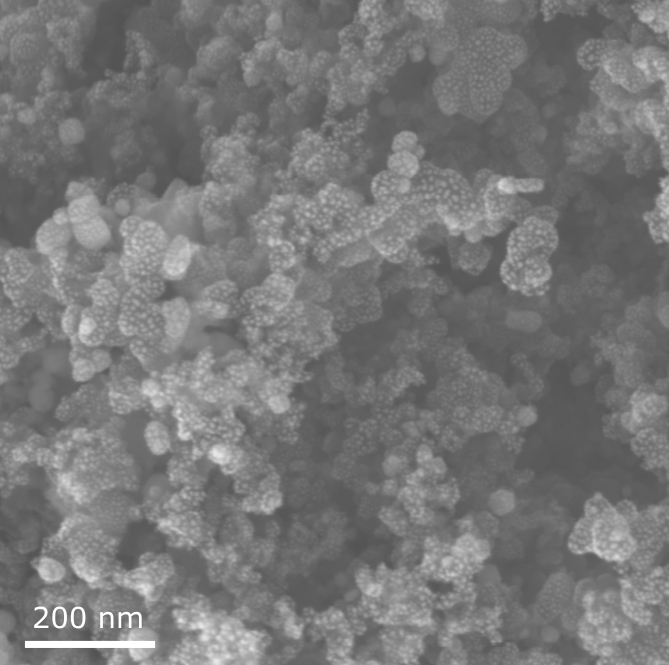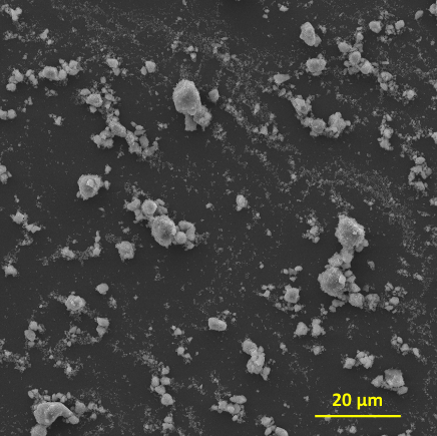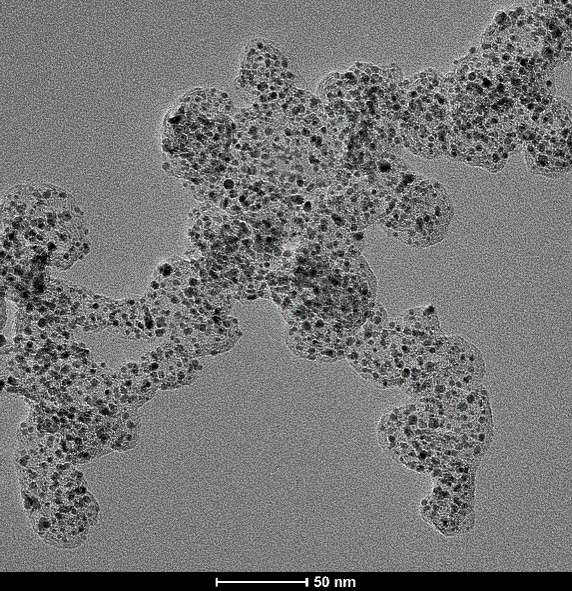Advanced catalysts for proton exchange membrane water electrolyzers (PEMWE)
Involved researchers: Darius Hoffmeister, PhD student.
Although PEMWE is regarded as the most promising type for renewable energy conversion application, its widespread application is still hindered. The reasons are lying on both high investment cost (CAPEX) and operating cost for H2 production (OPEX), which make the green hydrogen uncompetitive with grey H2. Regarding the CAPEX, the catalysts cost has recently become the major cost factor as the price of precious metal i.e. iridium drastically increases lately. These two major hindrances could be partially mitigated by developing and implementing an efficient OER catalyst, which could reduce precious metal loadings and the energy consumption of PEMWEs.

To address the aforementioned issue, in our team, we are developing advanced structured catalysts based IrO2 and TiO2 nanostructured materials. Example of this structured catalyst is IrO2@TiO2 core-shell particles (see right Figure). We developed a synthesis method to obtain scalable batch of the IrO2@TiO2 core-shell catalyst. The synthesis process is based on impregnation method with precursors – support interaction. Catalyst layers are prepared by spray coating the synthesized catalysts onto titanium porous transport layers (Ti-PTL) to form porous transport electrodes (PTEs). The IrO2@TiO2 catalyst showed a superior performance compared to the unsupported IrO2 and mixed IrO2/TiO2 commercial catalysts (see Figure). Our IrO2@TiO2 catalyst also enables implementation of low Ir-loading catalyst layers of 0.4 mgIr cm-2 for PEMWE without compromising the cell performance. We are now working on further advancing this catalyst concept toward a comprehensive cell performance and stability goal and evaluating its industrial applicability. The work is in close collaboration with renown institutes and industrial partners. It is funded by the Federal Ministry of Education and Research of Germany (BMBF) in framework of StacIE project.



